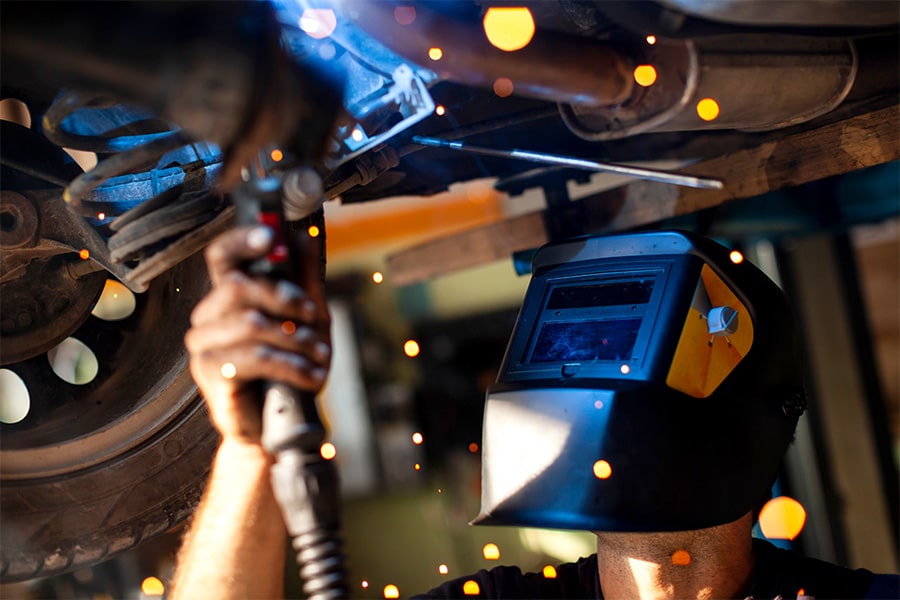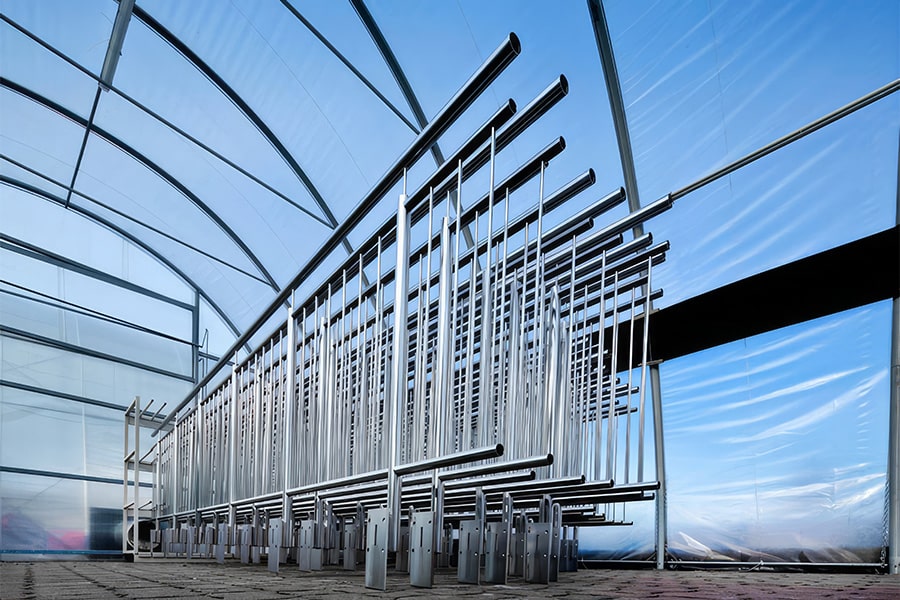
Indispensable software for metalworkers
It's one of those buzz words no one can ignore today: digitization. But what message does it send to you as a metal worker? And what exactly do you need to become one of those digital factories of tomorrow? The good news: some of the software is not so new under the sun at all, and you yourself may have been using it for years. So the digital train didn't leave without you.
Why invest in software? If you make the right choices, you can cut back on administrative operations and shorten lead times on the production floor. The key is to let the software do as much of the work as possible, so you can do more work with the same people. The premise of a digital factory is that everything is connected. That doesn't necessarily mean that you have to digitize all processes at once, but it does mean that you consider the big picture every step of the way. So make sure the systems can "talk," so that data can flow from one system to another. This will result in higher and continuous production quality, increased efficiency and time savings.
CAD/CAM as the first step
The first step for metal companies -- one that many have already taken -- is the introduction of CAD software. That stands for computer-aided design. These are drawing packages for 2D or 3D modeling. With these, you can still modify the drawings you get from customers or create your own designs. In recent years, there has been an evolution toward more 3D drawings, because they contain much more information to make pieces right the first time. Following that, there are the CAM (computer-aided machining) packages. These are going to generate a program from the drawing to effectively make the pieces. Simulation included, so you know in advance that no collisions will happen. Most manufacturers have their own software for this, but there are also universal systems and postprocessors.
ERP for transparency
Managing production can already be done digitally. But what happens next with those pieces on the shop floor remains a black hole without further digitization. A new step in the right direction is an ERP (enterprise resource planning) package. Just pick one that goes beyond general business activities (accounting, purchasing, sales) and knows how your production works. Then you can also link your production machinery and stock to it to create transparency. And who knows, you may even be able to get rid of paper work orders altogether. If a customer calls for a specific order, you can see which machining step is being worked on with the click of a button in the ERP system. Try to avoid customization as much as possible and strive for integral solutions through simple and modern links.
Tracking optimizations
With these investments, you can already go a long way to putting your current way of working into digital processes. Still not satisfied? Then there is PDM software (product data management), for example, an ideal tool for managing design data and engineering processes in one central place. Especially for those who make their own products, it can be interesting to easily track and manage complete assemblies and revisions.
Business intelligence
Another option is to integrate Business Intelligence. This allows you to dive deeper into your own processes to see where optimizations can still be made. Dashboards to monitor quality, track inventory levels or make delivery forecasts, for example. By the way, these solutions go to work with all the data provided by your ERP, CAD/CAM and other packages.



